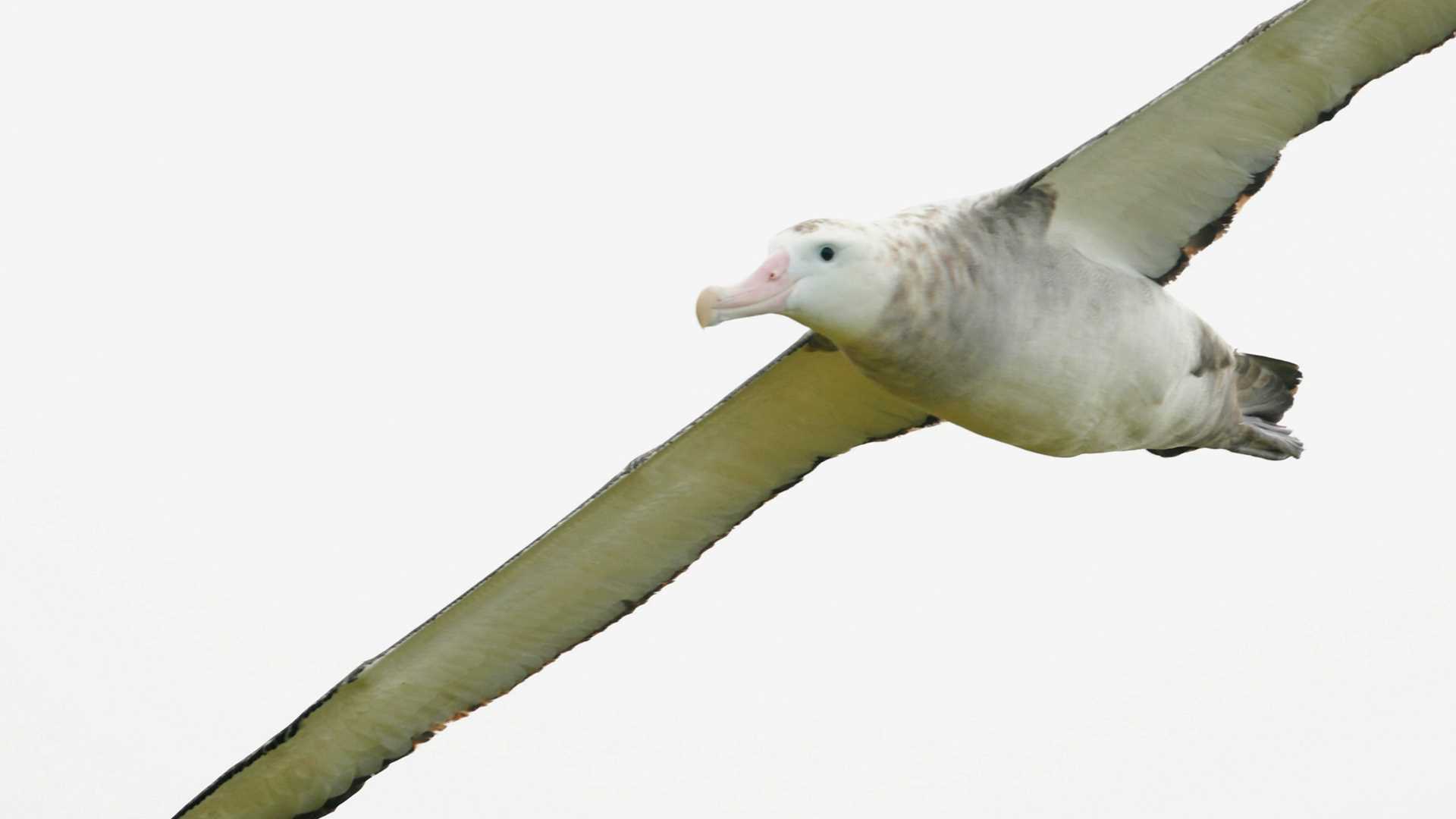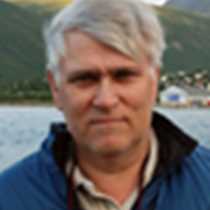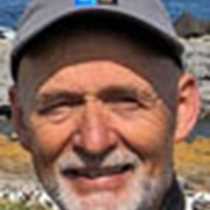By sunrise we had entered the Bay of Isles named so by the amazing navigator James Cook. On his ship Resolution he spotted and arrived to South Georgia in 1775 hoping he had finally found the ‘Southern Continent,’ in those days called ‘Tierra Australis.’ While he followed the coastline to the southeast and finally saw it was an island, disappointed he named the most southeastern cape, ‘Cape Disappointment,’ which we rounded as we arrived to the island a few days ago.
Our morning was spent enjoying the scenery over the island with high snow-covered peaks, clouds sweeping down the slopes and glaciers, and at times the sun was coming through as we had escaped the high seas into the Bay of Isles. Also we had the opportunity to land on one of the very few islands in the Southern Ocean to host breeding wandering albatross, the largest bird in the world as it comes to wing span.
Prion Island has several pairs and this time of year they are still incubating their single egg, which was laid in late November, although soon to hatch. The chick will have to spend the winter here on island and by late October or early November they will take the final step over the cliff edge and become airborne and not set their feet on solid ground for maybe 7-9 years, just to roam the Southern Ocean and use the westerly winds to take them around the high seas. As the chick finally fledge, the adults will take a full year off and not return again until it is time for a new breeding attempt. Wandering albatross have a very long life expectancy, and if they reach adulthood they can have more than 50 years to come.
Albatrosses are the most skilled fliers over the Southern Ocean and use the ever prevailing winds by push them around, using dynamic flying. Squid is the main prey. Unfortunately as the fisheries came to these rich waters for the long-lining, hundreds of thousands of seabirds pay the price with their life, and all albatrosses with their extremely slow reproduction rate have severely declined over the last 30 years.
As the longline is set out with bait on every hook, seabirds try to grab a free meal, get caught on the hook and dragged deep into the ocean and drawn. Albatrosses are heavily hit but here around South Georgia, the South Georgia Government control the waters out to 200 n.m. (EEZ) and only allow a few ships fishing Patagonian Toothfish (Chilean Seabass). Here they have developed a device to prevent the seabirds from being hooked and also have a monitor aboard to control both the fishery and bird catch. In fact this system is so good that now almost zero birds are killed and the fishery is now certified under by the Marine Stewardship Council as the population of Patagonian toothfish is also heavily monitored here. We can only wish this technique, used for setting out longlines, will spread all around the Southern Ocean to minimize seabirds getting drowned and also hopefully better manage fisheries.
During lunch the ship repositioned to Rosita Harbour, still in the Bay of Isles to find good shelter. The beach was of course already conquered by hundreds of fur seals, mainly pups. This time of the year the large males have left the beaches but oddly enough we did find one, and even more so this was an adult ‘blondie’. On average only one pup out of 1000 have this mutation and as few pups grow up to adult, to see a full grown male is extremely rare. He was still maintaining a small harem with females, which of course is very late in the season.
If the seabirds of Southern Ocean currently is a story of decline, the fur seal story is the opposite with an almost unheard population increase. Around 1904, as captain Larsen established his whaling station at Grytviken no fur seals were to be seen anywhere at South Georgia. A hundred years later every beach is covered with them and the population estimate varies from 4-6 million. In fact, it was thought the sealing in the Southern Ocean during the 19th century made this seal extinct but somehow small populations, at very inaccessible islands, helped them to survive and now they are slowly even reclaiming their former breeding areas in South Shetlands.
The evening continued with Recap and dinner and our plan is to stay in this very sheltered bay as a deep low pressure is passing by. Hopefully tomorrow we can move on to new adventures here at South Georgia.










